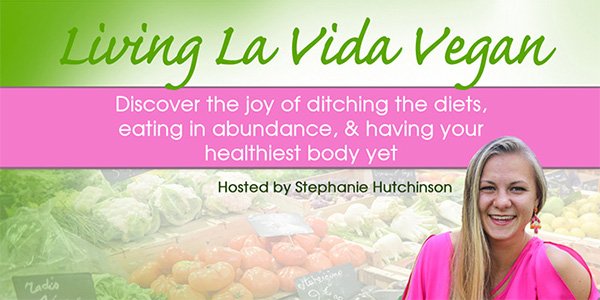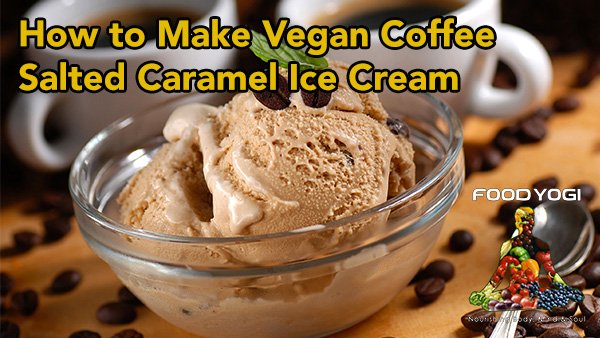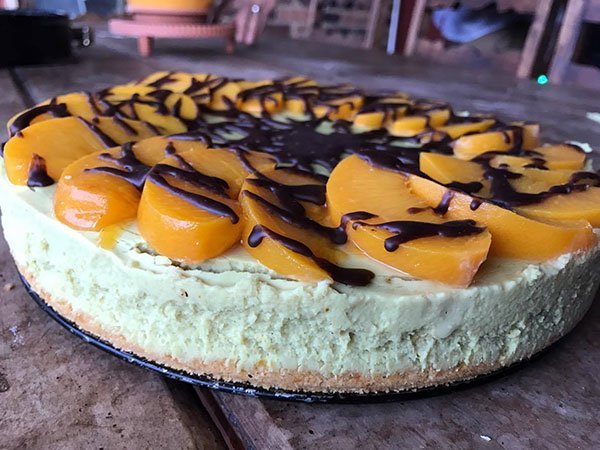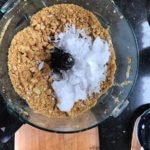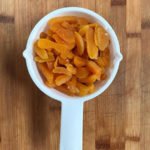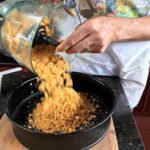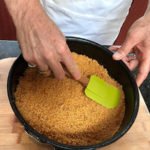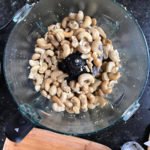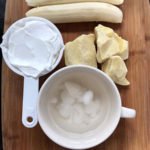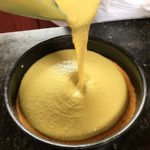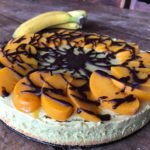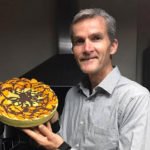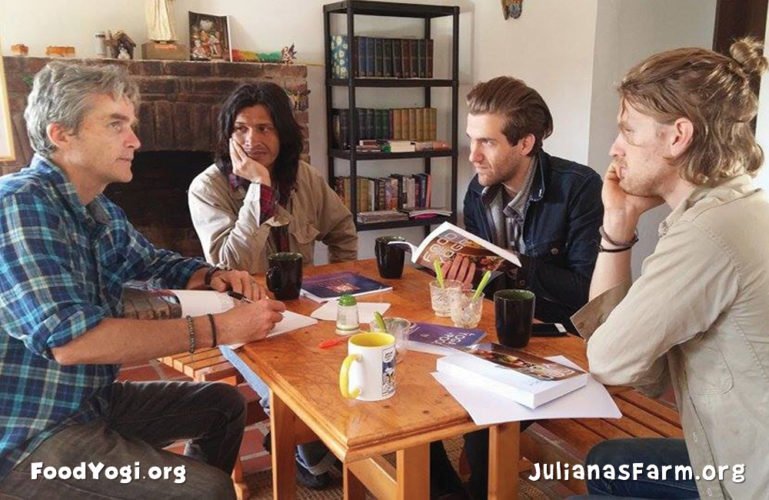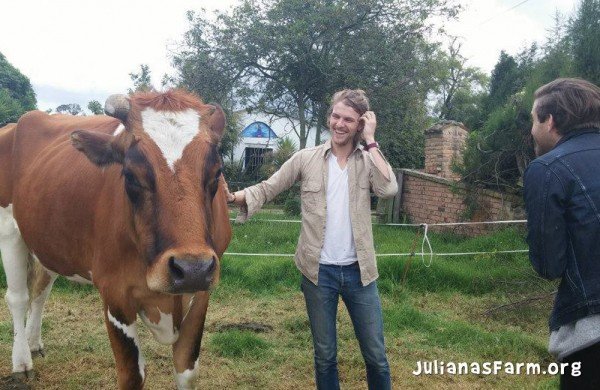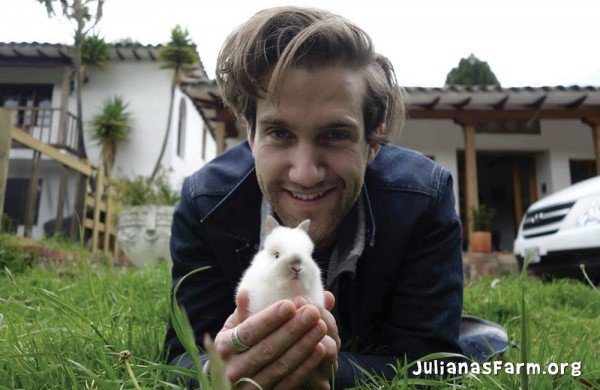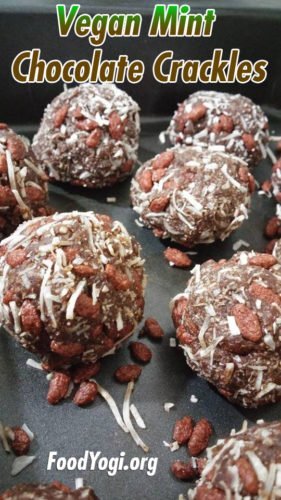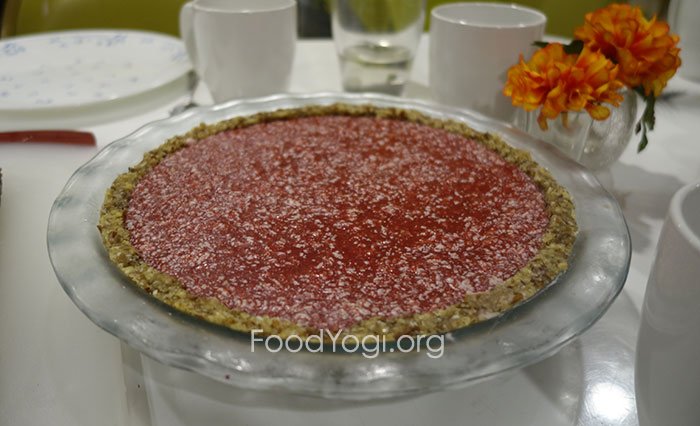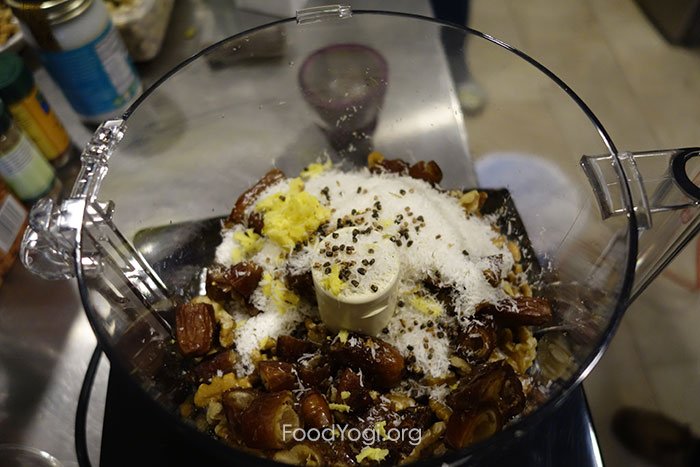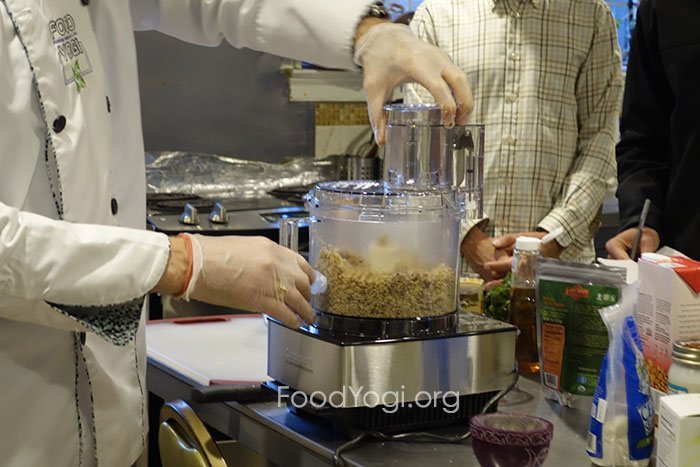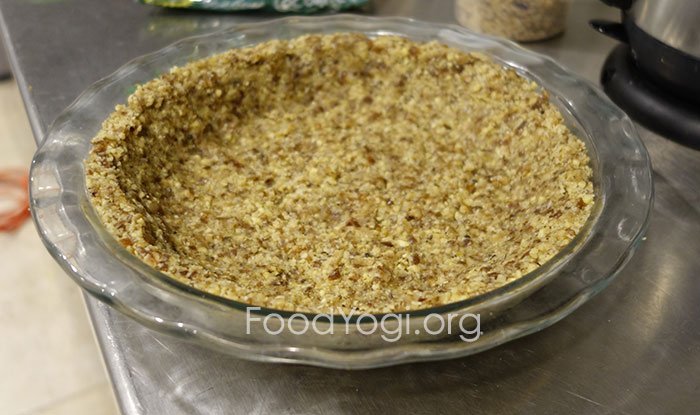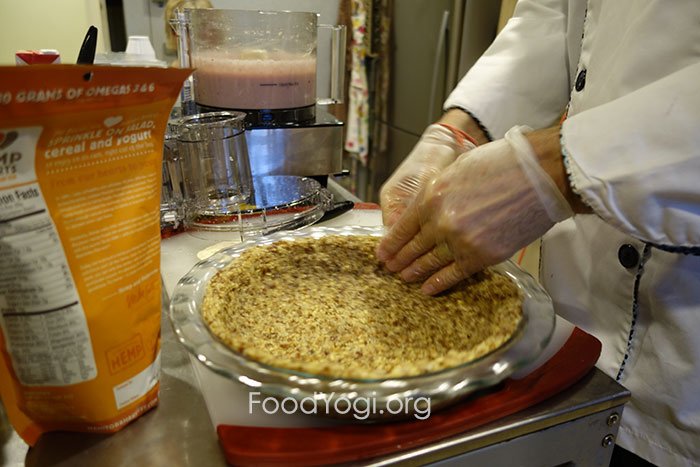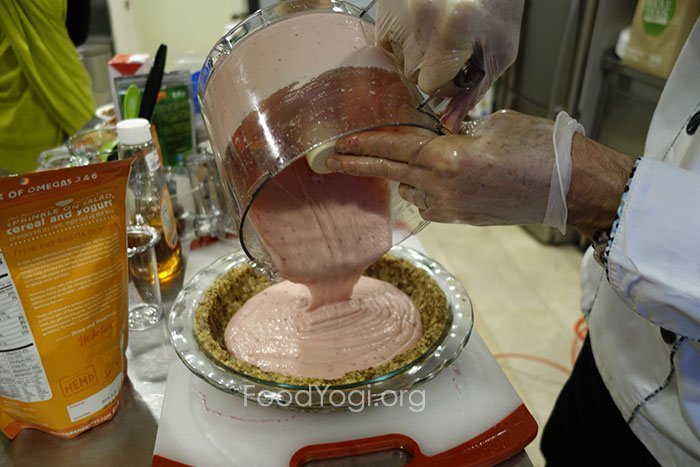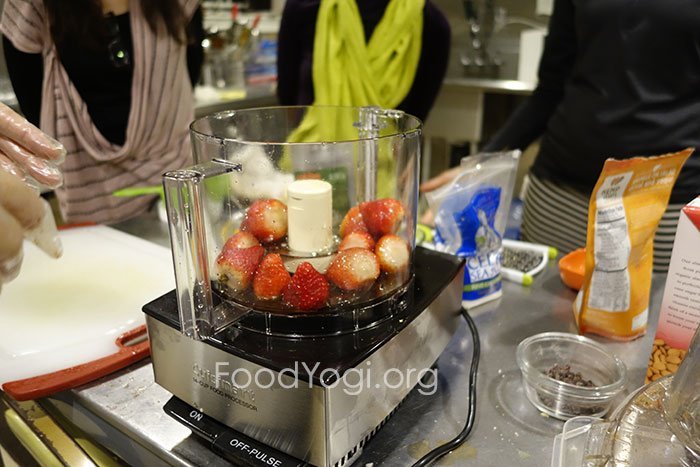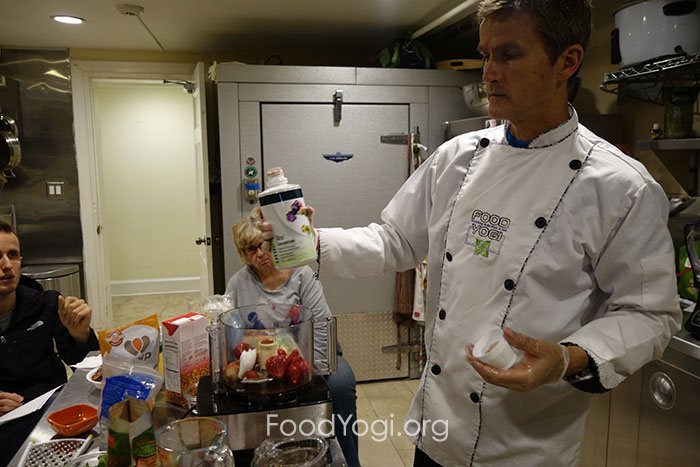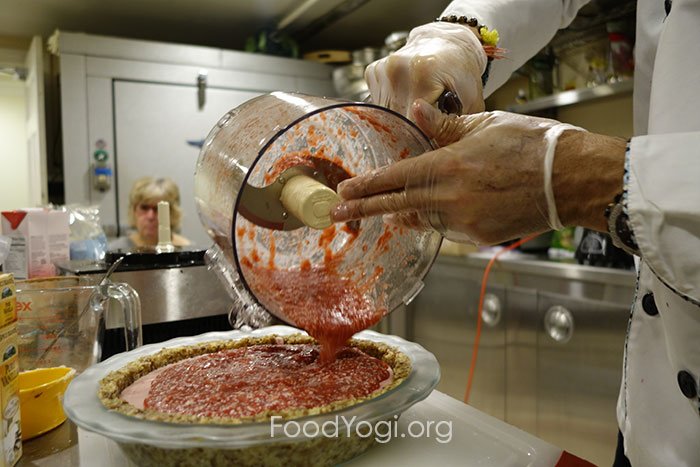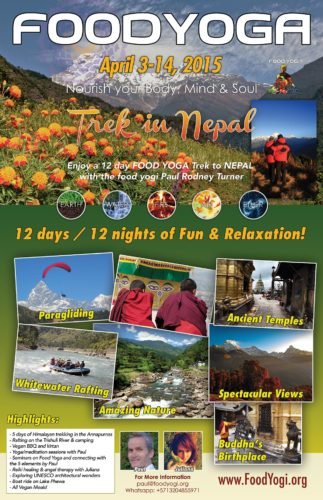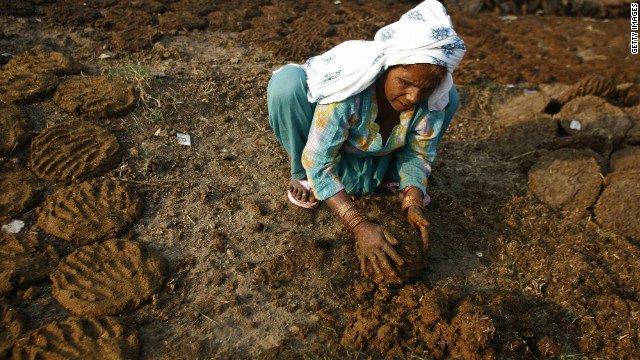Bullshit! Yes, actually that’s it. Well, that and cow shit, usually referred to as cow dung. You see, despite the obvious merit of choosing to be a vegan, which essentially means avoiding all foods, clothing and products that are the result of animal suffering; and extending that ideal to advocating that all animals should live independently (including cows and bulls); the vegan ideology does not honestly address the lack of B12 in the diet. And so to live the vegan ideology you absolutely have to take B12 supplements and obviously, that is not natural and certainly not the way God and nature intended human life to be.
I mean, seriously, how silly is it to think that humanity has to take supplements in order to justify a more humane way to live? But that is exactly what well-meaning vegans all over the world do, at least those that live in the city. But sadly, very few have the guts to admit that something is terribly wrong with that notion.
What is B12?
Vitamin B12 also called cobalamin, is a water-soluble vitamin with a key role in the normal functioning of the brain and nervous system, and in the formation of blood. It is one of the eight B vitamins. It is normally involved in the metabolism of every cell of the human body, especially affecting DNA synthesis and regulation, but also fatty acid synthesis (especially odd chain fatty acids) and energy production. Neither fungi, plants nor animals are capable of producing vitamin B12. Only bacteria and archaea have the enzymes required for its biosynthesis.
How do I know if I’m Deficient?
Vitamin B12 deficiency can potentially cause severe and irreversible damage, especially to the brain and nervous system. At levels only slightly lower than normal, a range of symptoms such as fatigue, depression, and poor memory may be experienced. Vitamin B12 deficiency can also cause symptoms of mania and psychosis.
To be fair, however, most cases of B12 deficiency have nothing to do with diet. Rather, sometimes individuals lose their ability to absorb the vitamin and become deficient no matter what sort of diet they follow.
The human physiology of vitamin B12 is complex and, therefore, is prone to mishaps leading to vitamin B12 deficiency. Protein-bound vitamin B12 must be released from these proteins by the action of digestive proteases in both the stomach and small intestine. Gastric acid releases the vitamin from food particles, so people with weak stomach acids are prone to B12 deficiency. Therefore antacid and acid-blocking medications (especially proton-pump inhibitors) may inhibit the absorption of B12.
In the non-industrialized world, where bacterial contamination commonly brought traces of B12 to foods, B12 deficiency is largely prevented. However, modern hygiene has eliminated this source, just as indoor living has largely eliminated sunlight, nature’s source of vitamin D.
However, owing to the extremely efficient enterohepatic circulation of B12, the liver can actually store several years’ worth of vitamin B12; therefore, nutritional deficiency of this vitamin is rare in most healthy adults. The level changes of B12 in the body depend on how much is secreted and how much is absorbed. B12 deficiency may take a year to show up if initial stores are low and genetic factors unfavorable, or it may not appear for decades. In infants, B12 deficiency can appear much more quickly.
Absorption of vitamin B12 thus requires 4 key factors:
- Healthy Stomach;
- Healthy Exocrine pancreas;
- Intact Gastric intrinsic factor (glycoprotein);
- Healthy small bowel.
Problems with any one of these organs make vitamin B12 deficiency highly likely.
How much B12 do I need?
The total amount of vitamin B12 stored in the body is about 2–5 mg in adults. Around 50% of this is stored in the liver. Approximately 0.1% of this is lost per day by secretions into the gut, as not all these secretions are reabsorbed.
What is the Vegan Solution?
So how to solve this vegan dilemma? Well, it all starts with a load of bull dung or cow dung. You see, B12 is actually made from bacteria that live in soil and is plentiful wherever farm animals live. Animals like cows eat grass, thus picking up bacteria that then create B12 vitamins inside their stomachs. B12 is found naturally in manure-fertilized soil and synthesized via bacteria that are present in the intestines of animals. However, animals themselves are not capable of synthesizing the vitamin, only the B12 bacteria contain the enzymes capable of breaking it down. This means, that in order for humans to acquire an adequate amount of B12 they must either obtain it from animal sources, fortified foods, or multi-vitamins? When someone kills a cow this B12 is present in the meat and thus a carnivorous human does not usually have B12 deficiency. If someone takes dairy products they can also get remnants of B12, but a vegan misses out completely unless they too live around farm animals and play and work in the same soils where the B12 bacteria exist.
Diane Vukovic (www.PlenteousVeg.com) points out:
So, how is it that vegetarian animals like cows and sheep can make their own B12 but humans cannot? One reason is that many vegetarian animals (like cows and sheep) have stomachs with four chambers. The first chamber, called the rumen, is rich in bacteria, which can make B12. Other animals also have stomachs that are shaped differently and allow more bacterial fermentation.
Another reason that vegetarian animals aren’t B12 deficient is that they often consume soil along with their food. Soil often contains cobalt, which is necessary for making B12 in the intestines. As Dr. Justine Butler points out, many primates have been known to eat dirt to naturally treat/combat nutrient deficiencies. When moved to a zoo and fed a sterile diet, many primates develop B12 deficiencies.
What about Fortified Foods?
Foods fortified with B12 are also sources of the vitamin, but they cannot be regarded as true food sources of B12 since the vitamin is added in supplement form from commercial bacterial production sources such as cyanocobalamin.
As Mike Adams, the Health Ranger points out in his article: Cyanocobalamin is a low-grade, low-quality and slightly toxic (cyanide) form of vitamin B-12 that’s used by all the cheap vitamin manufacturers because it is easy to crystallize and is not sensitive to air-oxidation. It is also up to 100 times cheaper than the higher quality methylcobalamin. What these manufacturers don’t tell you is that this form of vitamin B12 is bound to a toxic, poisonous cyanide molecule that must then be removed from your body by your liver and that even less of it is absorbed by your body.
This form is not perfectly synonymous with the naturally occurring form of methyl-B12 (methylcobalamin), and which is pre-methylated, meaning it’s ready for our biochemistry to put to immediate use. Cyanocobalamin has also been contraindicated in early Leber’s disease, which is hereditary optic nerve atrophy and can also cause severe and swift optic atrophy.
However, even taking high-quality vitamin B-12 (methylcobalamin) as an oral dose is largely a waste of money because as much as 99% of what you swallow is not even absorbed!
Adams suggests, “a vitamin B-12 skin patch is now available on the market that delivers methylcobalamin through the skin, using a small medical-grade patch placed behind the ear. Each patch delivers 1000 mcg of methylcobalamin (1,666% DV) in a steady release over a 1-2 day period, after which the patch may be removed and discarded.” However, like oral doses, they cost money and certainly, this is not the way nature intended us to get our source of B12.
Is Cow Manure the Answer?
A summary of the results of a study by Dr. A. Mozafar[1] in Switzerland, reported in the November issue of New Century Nutrition by T. Collin Campbell, Ph.D., and Jeff Gates, D.H.Sc. found that Soils enriched with organic fertilizer (cow manure) resulted in a several-fold increase in the soil’s B12 content, as compared to soils worked with conventional inorganic or chemical fertilizers.
That means, if we choose to live naturally, the way nature and God intended, playing and working in soils where farm animals live then B12 is practically everywhere, and in fact, we can even breathe it in, it is so plentiful! But most vegans will declare that all animals are to be independent, even cows and bulls; that animals should never be used by humans for any labor, etc. The problem with those kinds of sweeping statements is that they completely ignore history. You see, from the beginning of time, man and beast have had a symbiotic relationship. The problem today is that this natural and respectful symbiotic relationship has been lost and now most of humanity exploits animals. If however, we respect and love and serve animals, as they do us, then a healthy symbiosis can ensue.
Animals should never be slaughtered for their meat, except in cases of survival where there are no other options for food. But in a world where food is plentiful, this is not the case. In fact, the world has the capacity to feed double the current population; “the problem is not food shortage, but inequitable distribution,” declared the United Nations.
Getting back to cow dung, yes, the miracle and magic of cow dung. You see, bull dung and cow dung are loaded with the B12 bacteria. So if we use this natural and most powerful manure to fertilize our fruits and vegetable and actually play with the soil they inhabit, we will get more than enough B12 inside our bodies. In fact, Indian villagers literally play with cow dung, forming them into “cow patties” that are then used for cooking or taking advantage of the anti-bacterial properties of cow dung by mixing it with clay and covering the walls and floors of their houses, as a means to purify the area and also keep the house cool in the hot summer. In fact, cow dung has proven to be the best natural soil for our gardens. See these informative videos…
A cow eats grass and produces milk for her loved ones. A bull eats grass and has the muscle and power to till a field. Both of them excrete loads of B12 fertilizer that man can then use to make the best organically grown, non-GMO fruits, vegetables, and grains. They serve us and we serve them by keeping them happy and healthy. That is how God and nature intended it. But for some vegans, such practices would mean acknowledging the reality that living around farm animals is essential for good health and that is hard to do if you don’t acknowledge the natural symbiosis of man and farm animals. We need them just as much as they need us.
So that is my big problem with the “hard-core” vegan idealogy, and so I choose not to be that kind of vegan but believe that in order for me to live a healthy and natural life, I have to accept that farm animals must be part of my livelihood and the most natural and non-violent way to do that is to either live on a farm with protected farm animals, which I currently do with my wife in the Andes Mountains at Juliana’s Animal Sanctuary or regularly visit an animal sanctuary to obtain cow manure as a fertilizer to grow your own fruits and vegetables enriched with vitamin B-12.
I am a “vegan,” but not in the fanatical and impractical sense, but more so in adhering to the essential truth of the ideology, namely, non-violence and respect for all animals.
Living with animals is perfectly in line with the ahimsa principles of veganism. But if you’re close-minded, you won’t bring yourself to accept such a possibility and propose that all animals should be running wild. So my feeling is that veganism in the strictest use of the term is flawed and cow dung is the stain on the “white sheet” of this otherwise pure and caring ideology.
Getting B12 the Natural way while also improving your golf swing
Ahimsa dairy
Sadly, the so-called “ahimsa dairy” standards being promoted today are not as sattvic (pure) as they make out. To read more on the so-called “ahimsa dairy” see: Is Ahimsa Dairy Really Non-Violent?
Because of the controversy surrounding the dairy industry my charity, Food for Life Global does NOT support food distribution containing any animal ingredients, including milk and ghee.
Even in India, the “land of the cow,” gross abuse of cows is taking place and commercial milk is now a contaminated cocktail containing detergent, hydrogen peroxide, urea, and contaminated water.
To read more on the so-called “ahimsa dairy” see: Is Ahimsa Dairy Really Non-Violent?
Other sources of B12
Certain makers of kombucha cultured tea, list vitamin B12 as naturally present in their product and one brand purports to contain 20% of the daily value of B12 in a single bottle, making kombucha a potential “high” food source of B12. Because kombucha is produced by a symbiosis between yeast and bacteria, the possibility that kombucha contains B12 does not contradict current knowledge, but no scientific studies have yet been published confirming the fact, nor whether the B12 in kombucha is the biologically active B12.
Although these non-animal products may have some b12, according to the vast majority of research in this field, the ONLY reliable source of b12 is dirt and that is why we have to live closer to nature.
Studies that support the need for b12 far outweigh those that say we don’t need it, including those from PCRM.
We are better off when we live closer to nature, and that means living with farm animals like cows. That does not mean you have to drink their milk. The artificial separation of humans and cows is what I believe is a big flaw in any diet or lifestyle ideology, but particularly noticeable in the vegan diet.
I believe it is time to redefine what it means to be a “vegan” and retire the old fanatical, ideologically inconsistent and unhealthy definition of veganism.
B12 Information
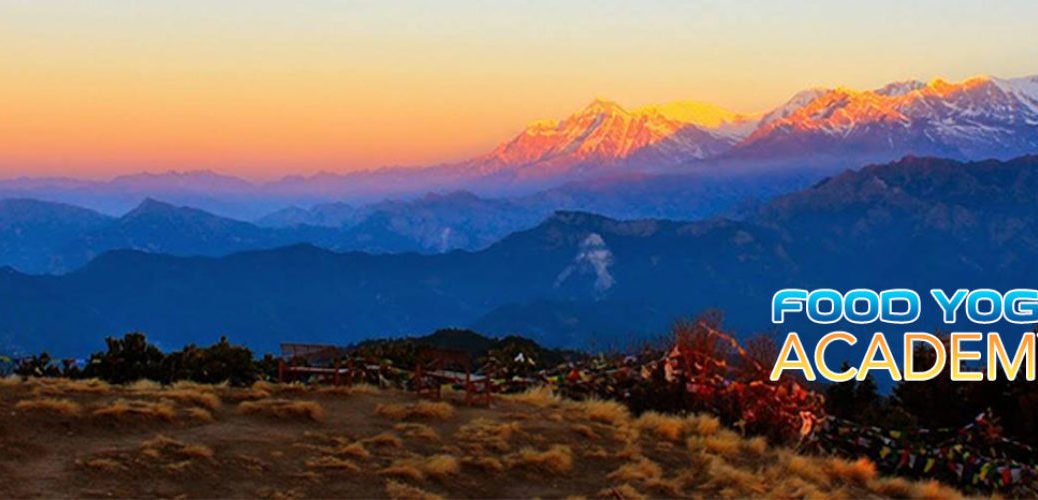
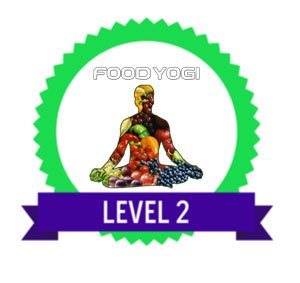 The Food Yoga Academy is now offering Food Yogi level 2 certification, however, students will have first completed level 1 to be eligible.
The Food Yoga Academy is now offering Food Yogi level 2 certification, however, students will have first completed level 1 to be eligible.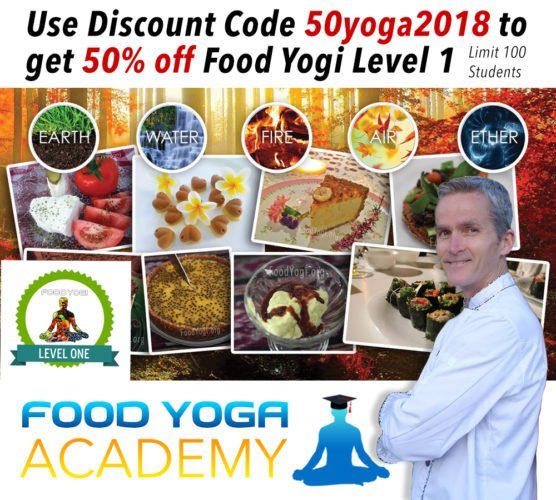
 The Food Yoga Academy, the brainchild of International director of Food for Life, Paul Rodney Turner (aka Priyavrata das) has officially launched.
The Food Yoga Academy, the brainchild of International director of Food for Life, Paul Rodney Turner (aka Priyavrata das) has officially launched.
